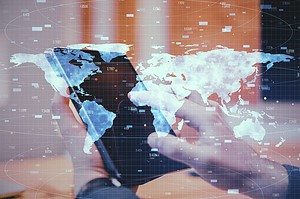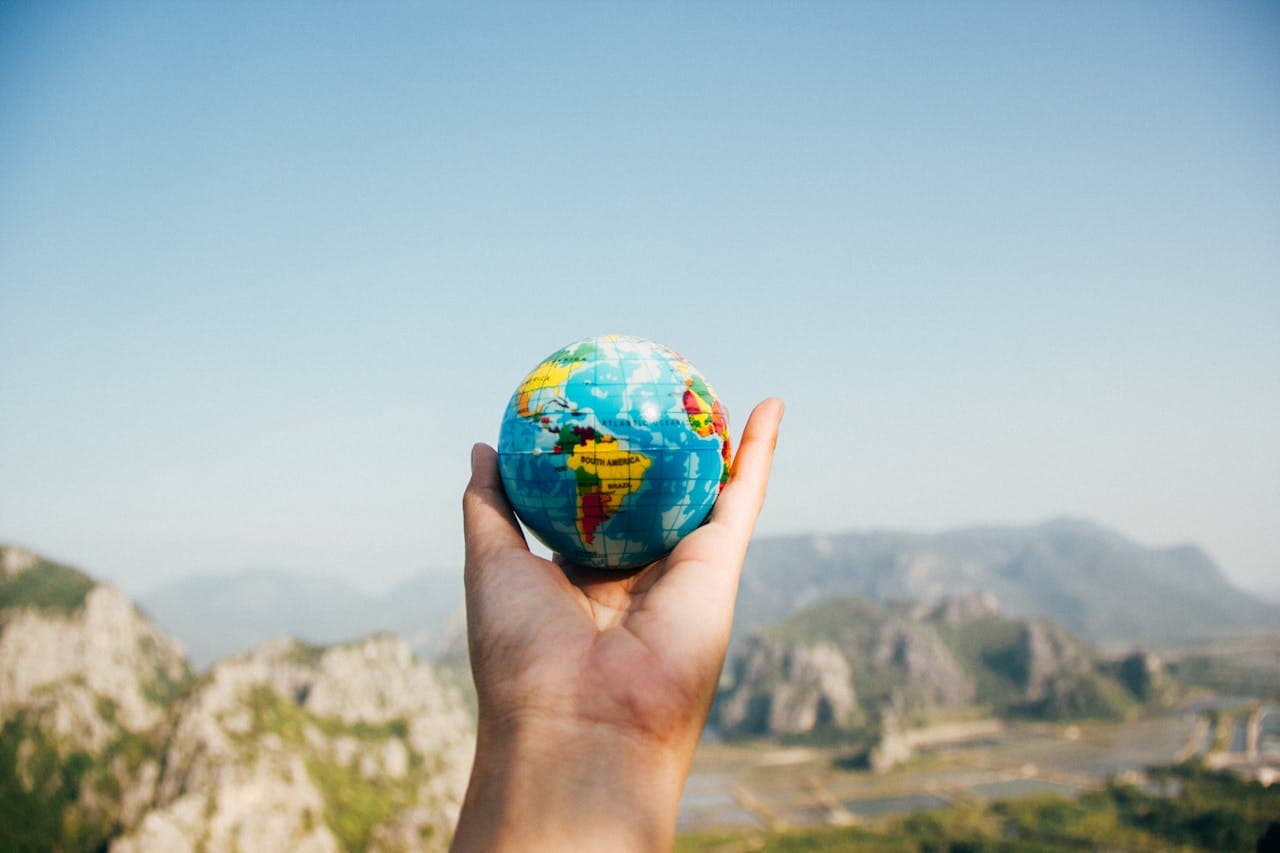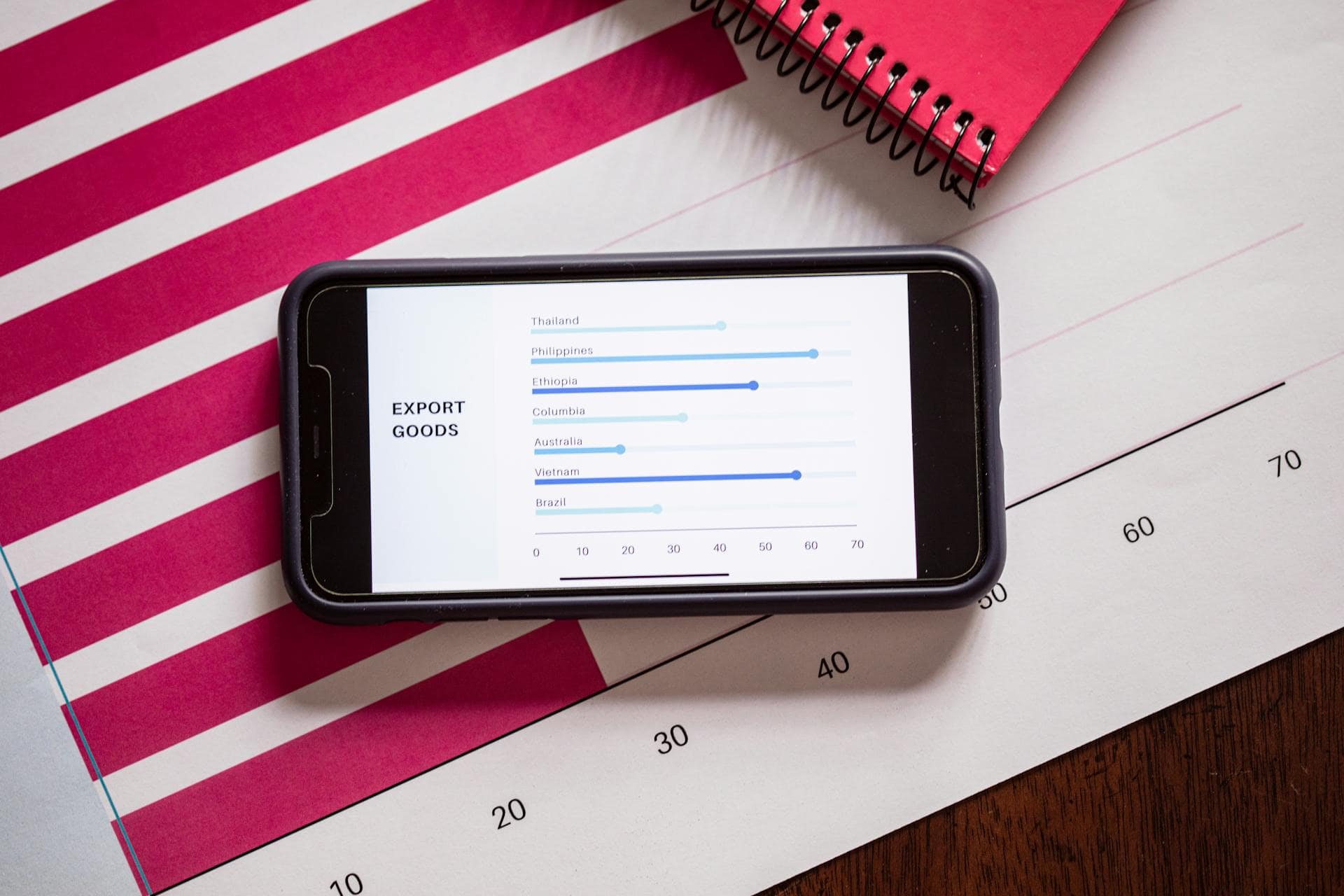Why Companies Get into the Global Supply Chain
Some wonder, “If the global supply chain is so complicated, why get into it? Is it even worth it?” It’s a valid question, considering the risks involved in globalization.
Here are a few reasons why companies use the global supply chain:
- Lowers material costs – Finding the lowest raw material prices overseas allows companies to decrease overheads while increasing profits.
- Facilitates offshore market access – Establishing supply chain relationships opens a door for companies to break into new offshore markets.
- Leverages dollar strength – “You also may be able to bring down expenses by purchasing goods and services from a supplier when the dollar is stronger against the national currency of the country that you’re doing business with,” says American Express.
Before a company creates a dependence on the global supply, they need to review the risks and rewards seriously. Of course, no two companies are alike, so be sure to crunch the numbers and make a plan before you take the leap.
One essential part of the planning phase is familiarizing yourself with the global supply chain process and how to manage it. Let’s zoom in on the links of the global supply chain.
Global Supply Chain Stages
Each link in the global supply chain comes with its own punch list. From locating trustworthy suppliers to global enterprising, these steps will give you an overview of what happens at each phase in the global supply chain process and what tools can help keep complications to a minimum.
Here are the five basic links in the global supply chain:
1. Sourcing Materials
The first step in the global supply chain assumes you already have a product design and know the materials you will need for manufacturing. At this phase, you’re ready to start finding the best overseas suppliers for the materials or components you need.
The material sourcing process involves:
- Connecting with suppliers – Find which countries and suppliers offer the material you need, learn about their pricing, and ensure their values and standards align with your company.
- Screening suppliers – Check all individuals, businesses, and countries against government and non-government denied party lists.
- Developing relationships – Start nurturing partnerships with upstanding suppliers so you can establish a long-standing, mutually beneficial business relationship.
- Discussing terms – Negotiate pricing and other particulars and put everything in writing. Take care to abide by any domestic and foreign laws governing import and export relationships.
- Testing for quality – Before you commit to mass quantities of raw material, you may want to order a small amount for quality control.
Recommended software solution: Integrated Denied Party Screening
2. Ordering Materials
Once you connect with high-quality suppliers and establish pricing, it’s time to order materials.
The material ordering process involves:
- Obtaining licenses and permits – Apply for all applicable licenses and permits based on the materials, quantity, country of origin, destination, and other factors.
- Clearing customs – Complete all customs documents.
- Checking for compliance – Ensure that your order complies with all foreign and domestic trade laws.
Recommended software solutions:
3. Managing Logistics
Now that you’ve placed an order, you’ll need to work with your supplier and third parties to coordinate getting materials from point A to point B.
The logistics management process involves:
- Finding shipping solutions – Research the most efficient and cost-effective way to ship your materials.
- Coordinating pick-up – Find out how to transport the materials from the point of entry to the manufacturer or storage location.
- Storing the material – Strategize where and how to store raw materials safely.
Recommended software solutions:
4. Manufacturing Products
After you deliver all components and raw materials to the manufacturer, you can let the manufacturer take the reigns while you wait for the final product. At this time, you can finalize plans for the subsequent phases. Finally, after manufacturing, conduct thorough quality control testing to ensure the product is ready for the market.
5. Distributing Products Globally
Now that your product is ready to hit the shelves, you’ll need to organize global distribution logistics.
The global distribution process involves:
- Applying for export licenses – Research which permits and licenses you’ll need based on your product, quantities, country of origin, and destination.
- Classifying products – Ensure all products meet point-of-origin and destination classification standards.
- Connecting with buyers or opening offshore locations – Establish partnerships with stores overseas that will sell your product or open your own stores to connect directly with consumers.
- Arranging logistics – Connect with brokers and freight companies to find the best way to export your product.
- Applying for duty drawbacks – Submit applications for all qualifying duty drawbacks to maximize profits.
Recommended software solutions:
- Export License Control Screening
- Export Customs Filing & Documentation Management
- Export Control & HTS Classification Management
- Multicarrier Integration & Broker Management
- Free Trade Agreement (FTA) Module
- Duty Drawback Module

Global Supply Chain Management Software
At OCR Global Trade Management, we specialize in helping new and seasoned global traders optimize their global supply chain management strategy through intuitive software. Our web-based platform solves logistical issues with minimum stress while helping you find ways to maximize your profits.
Give us the chance to transform how you conduct global trade for the better! Get in touch to learn how we can provide your company with a custom global supply chain solution.


